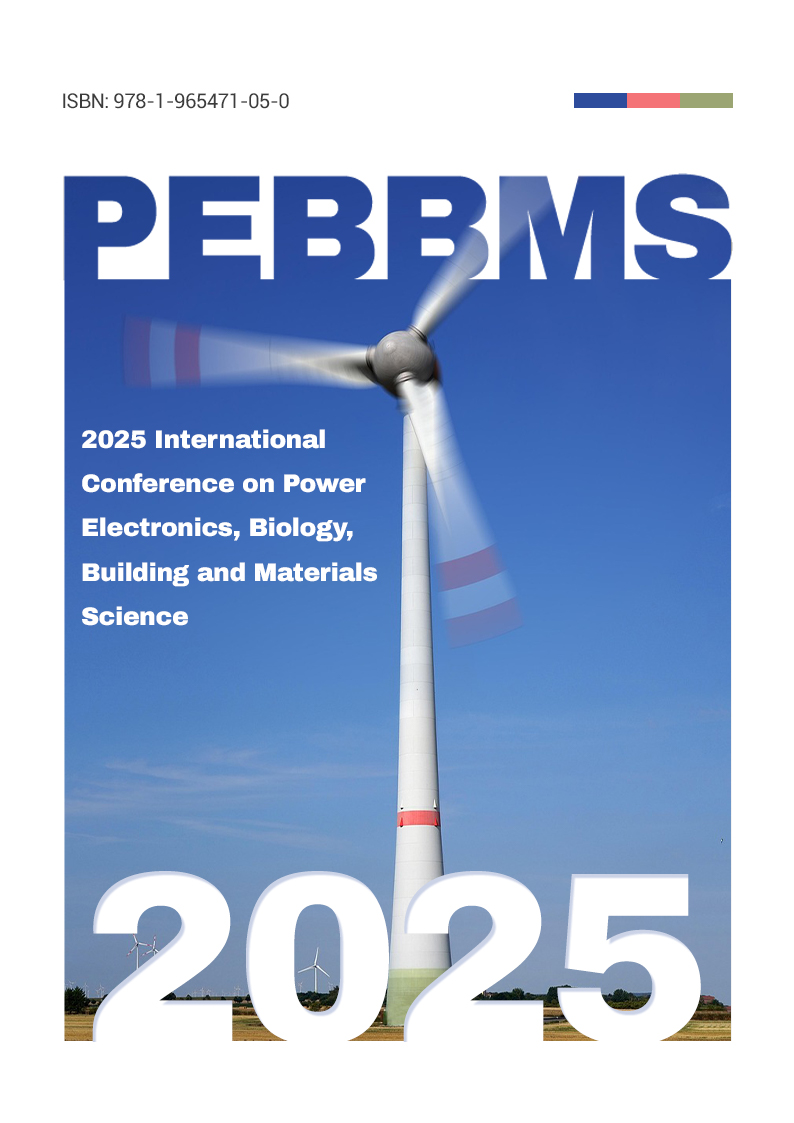Study on Evolution of Apparent Viscosity in Poly(lactic acid)-Based Polyurethanes

Authors:
Lin Jiang, Mingfei Liu, Ping Xue
Keywords:
PLA-TPU; Rheokinetics; Apparent viscosity; Power-law model
Doi:
10.70114/acmsr.2025.3.1.P40
Abstract
The apparent viscosity of polylactic acid-based polyurethane (PLA-TPU) is influenced by the reaction progress, temperature, and shear rate. PLA-TPU with varying degrees of reaction was synthesized using diphenylmethane diisocyanate, polylactic acid glycol, and 1,4-butanediol as raw materials. The chemical structure, rheological kinetics, and viscosity model of the product were investigated using Fourier transform infrared spectrometer, gel permeation chromatography, and a rotary rheometer. The results indicated that the urethanization reaction followed second-order reaction kinetics, with an activation energy of 31.84 kJ/mol. At a shear rate of 1 s-1, the reaction system was proportional to the weight average molecular weight to the power of 2.88. Temperature variations followed the Arrhenius equation, and the viscous flow activation energy was 12.83 kJ/mol. Its apparent viscosity's shear thinning behavior could be described using a power law model, with a flow index of 0.5694. This model enables rapid prediction of the apparent viscosity of the PLA-TPU reaction system under given conditions, and the modeling process also serves as a reference for other stepwise polymerization synthesis studies


